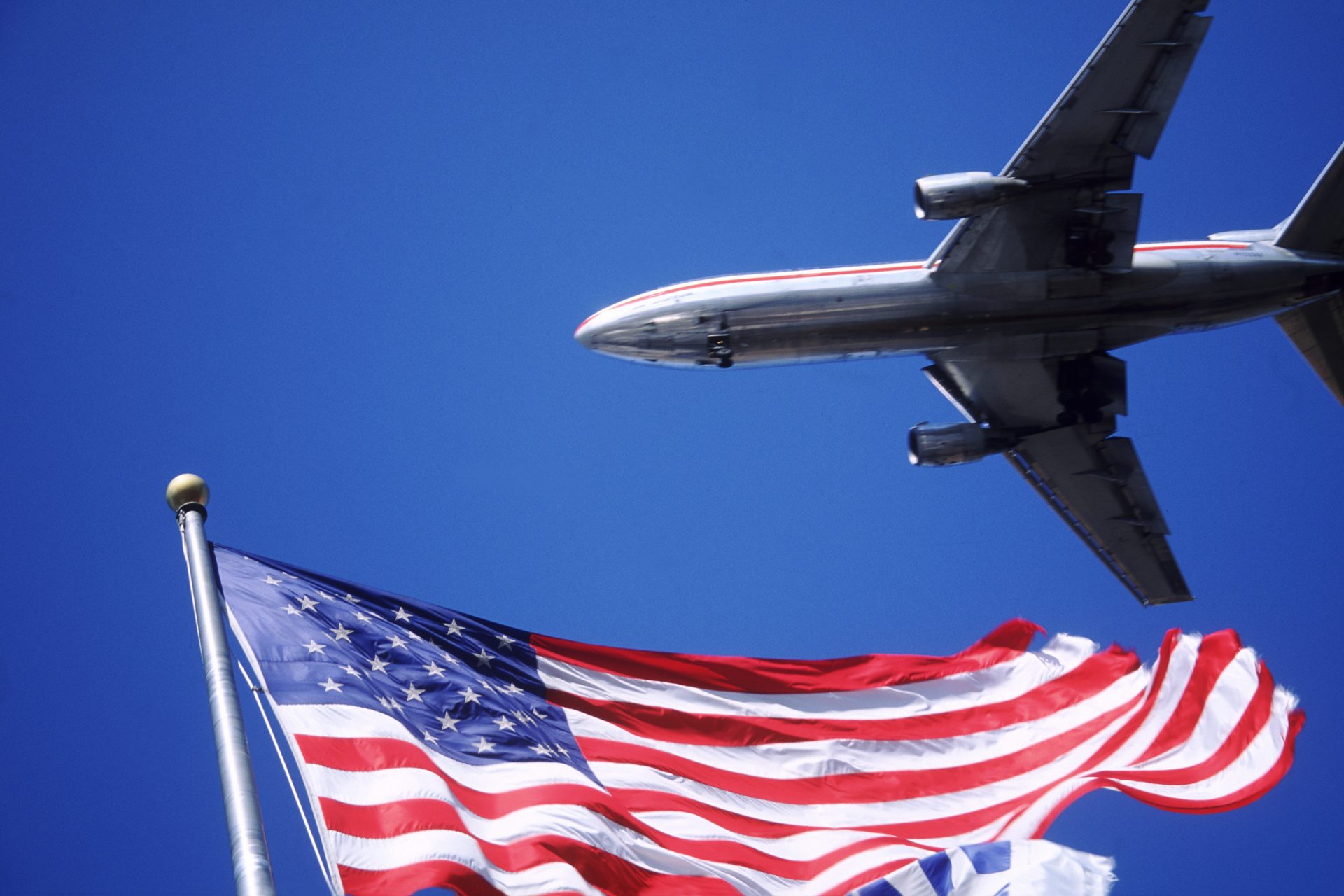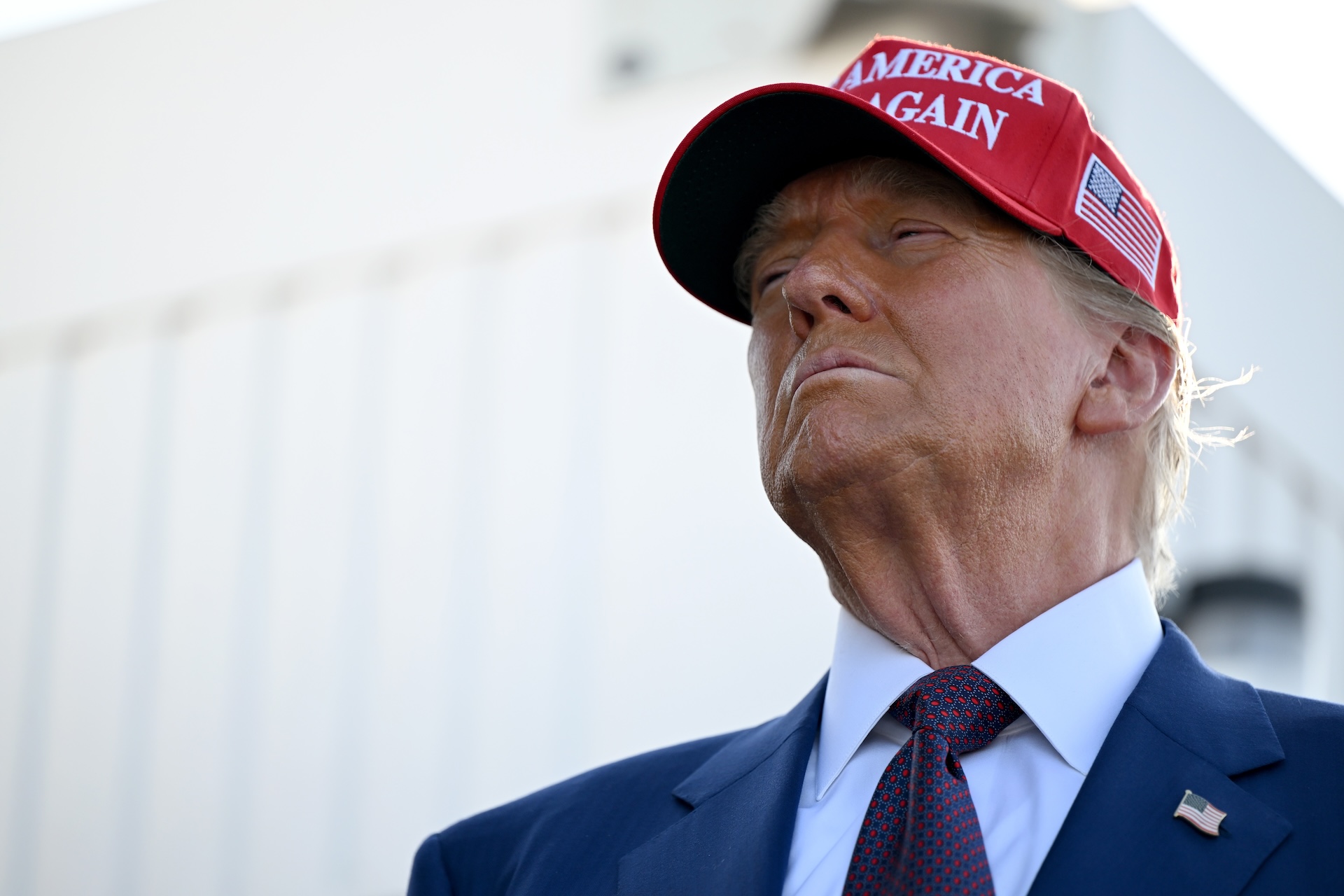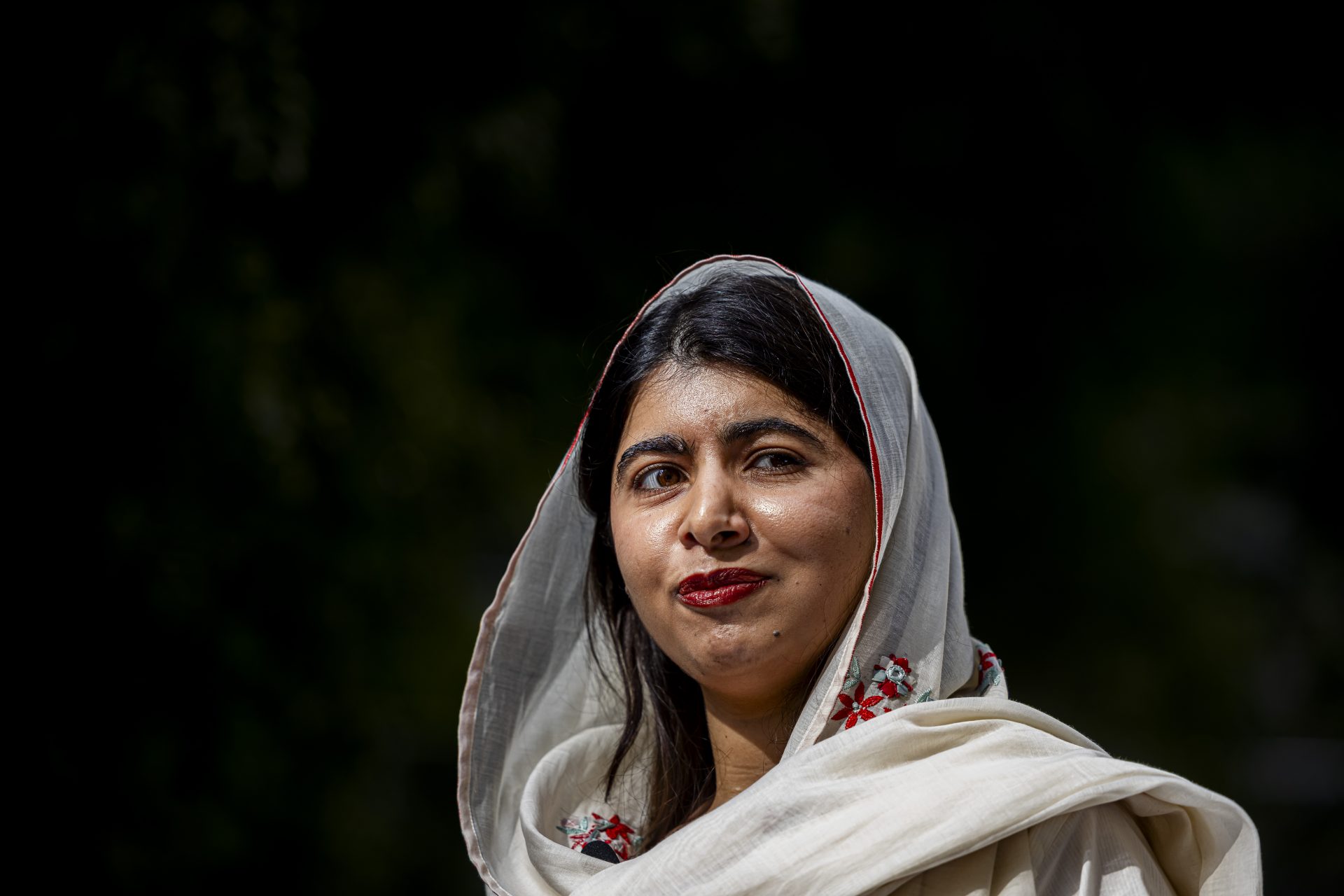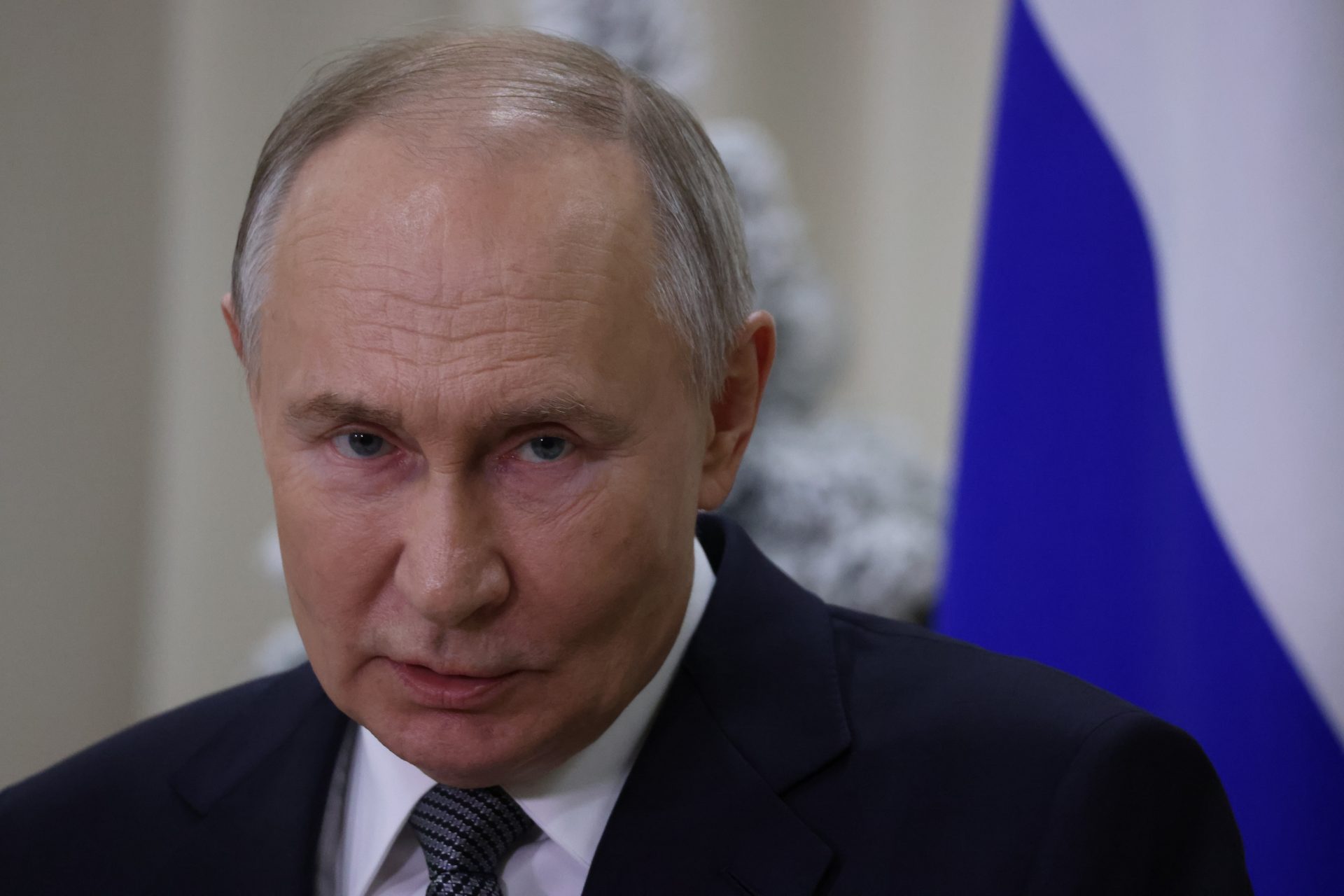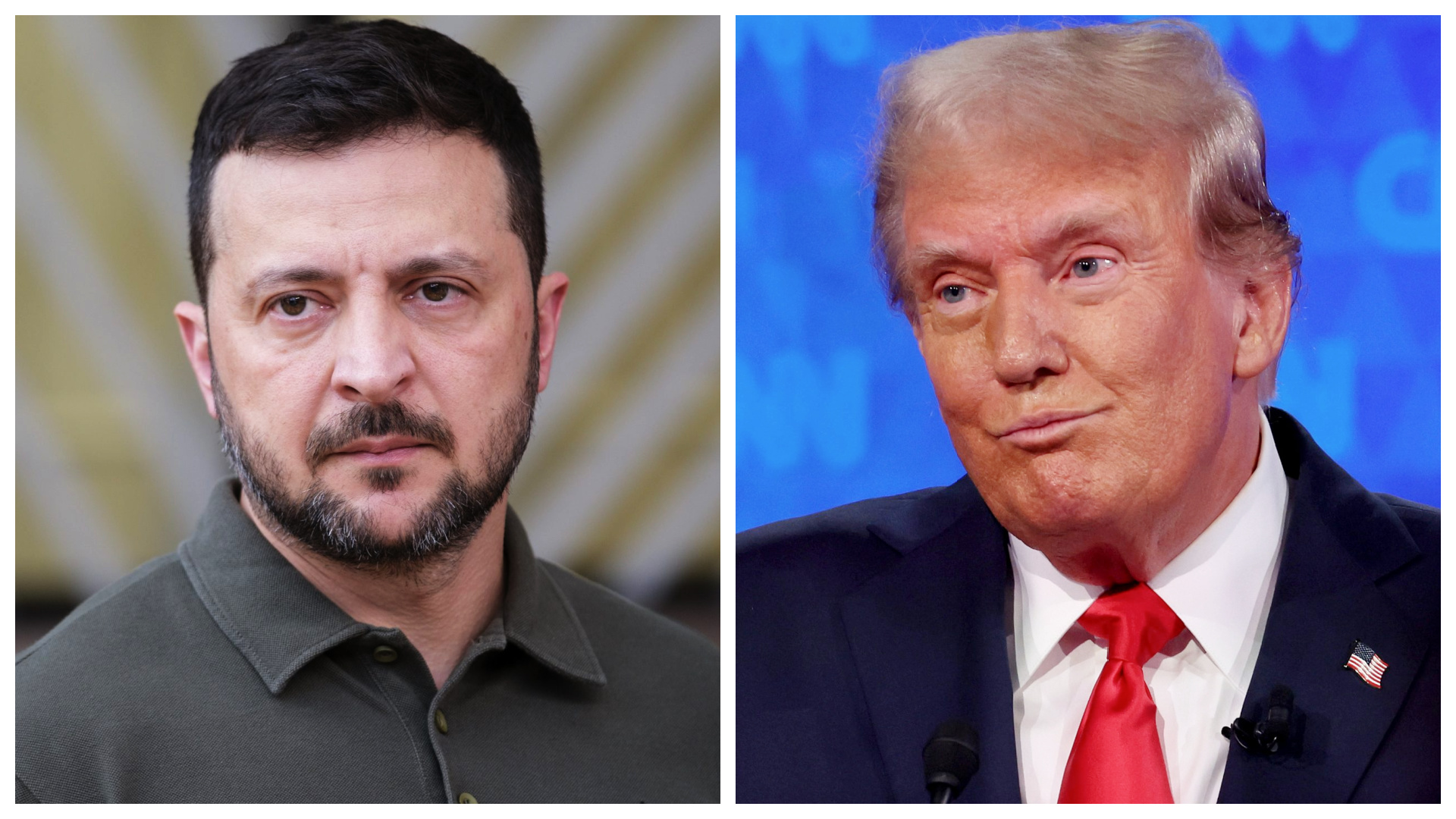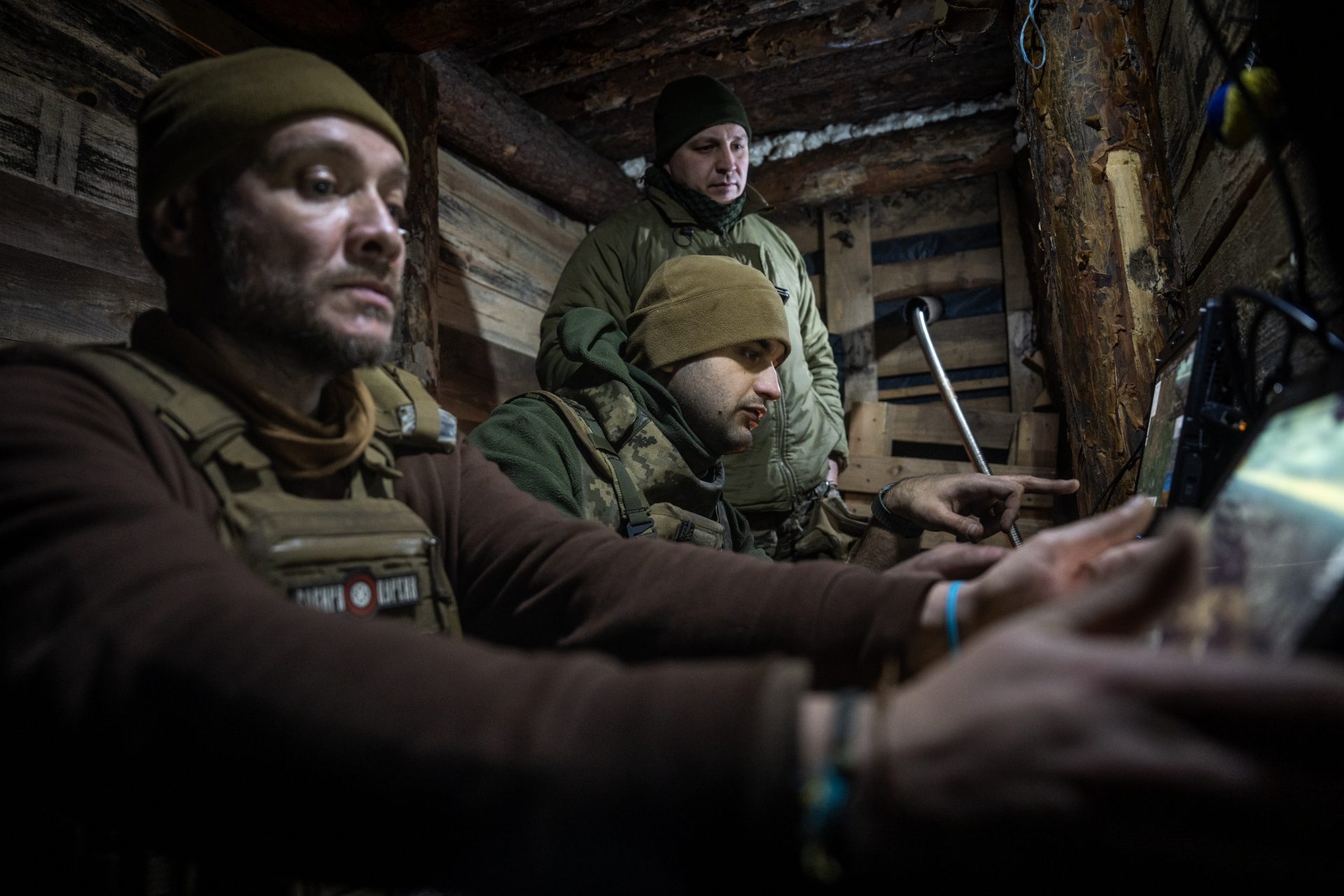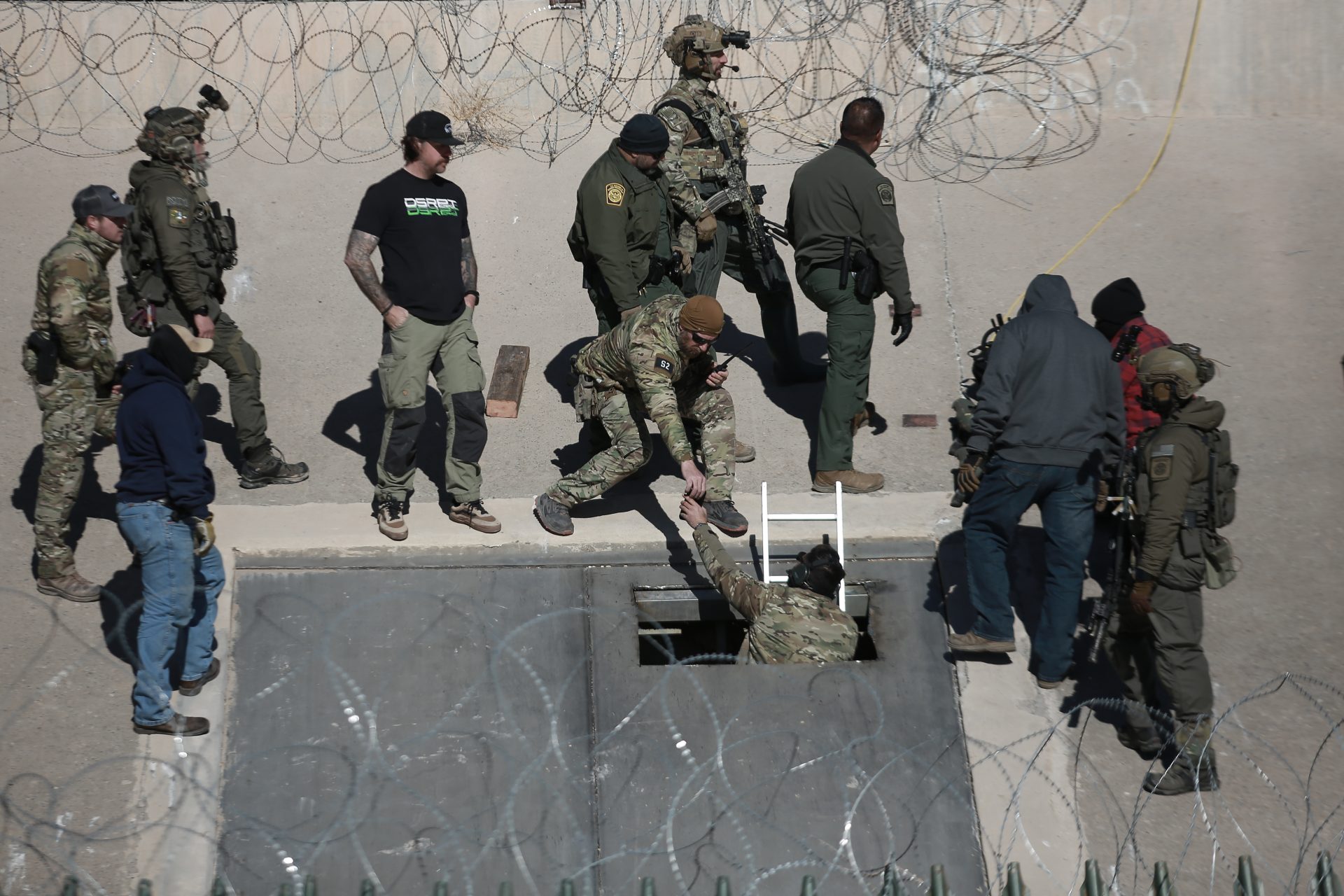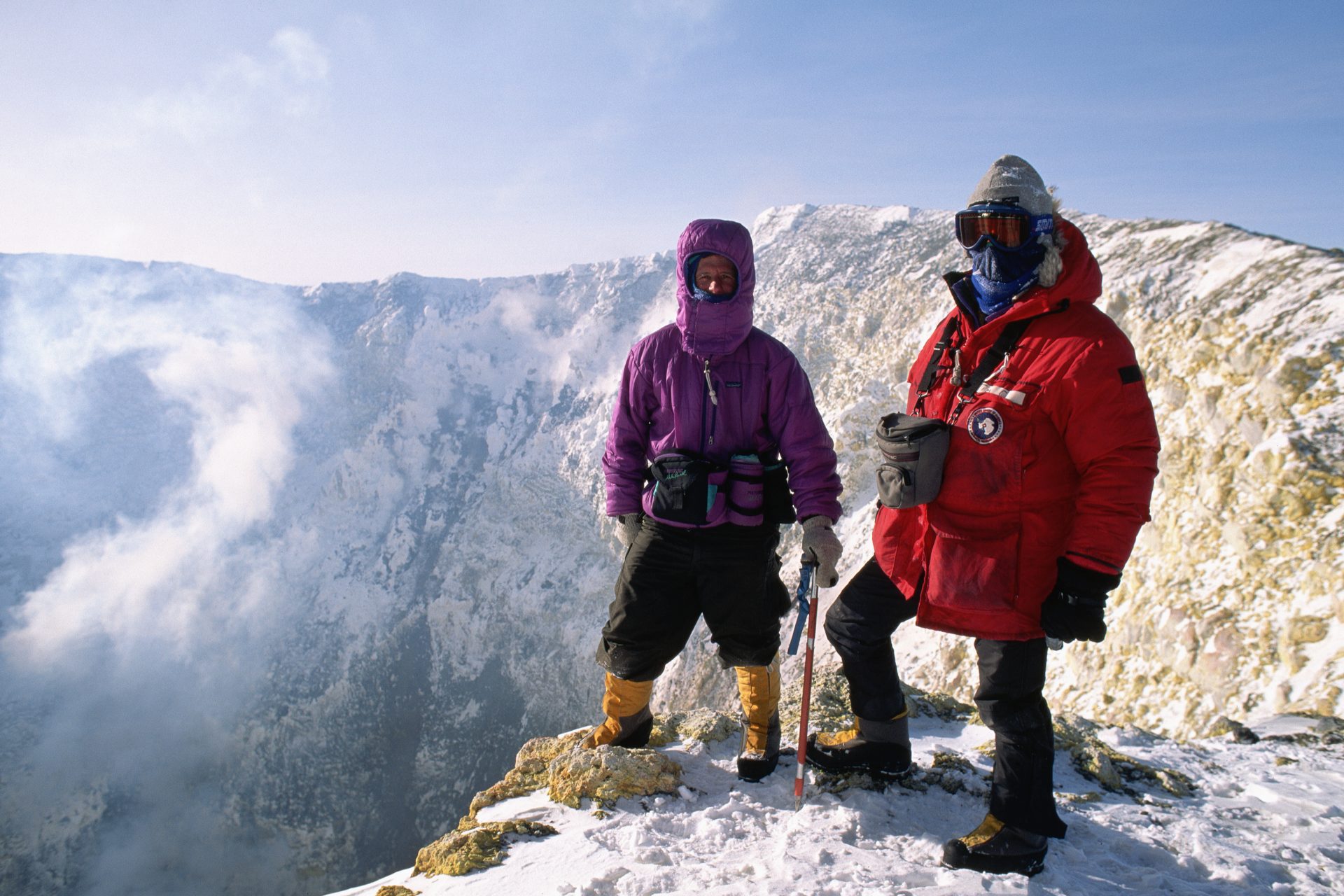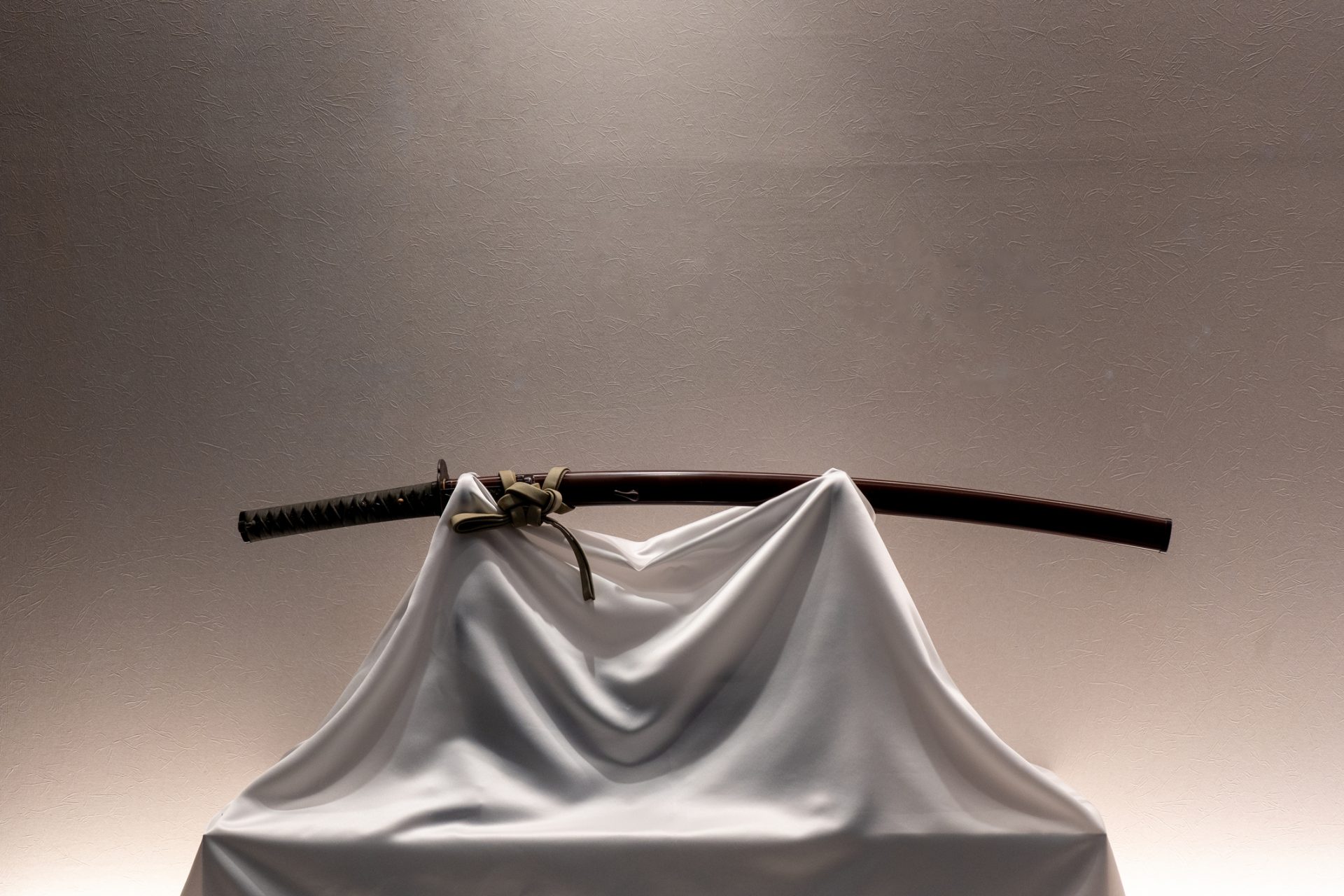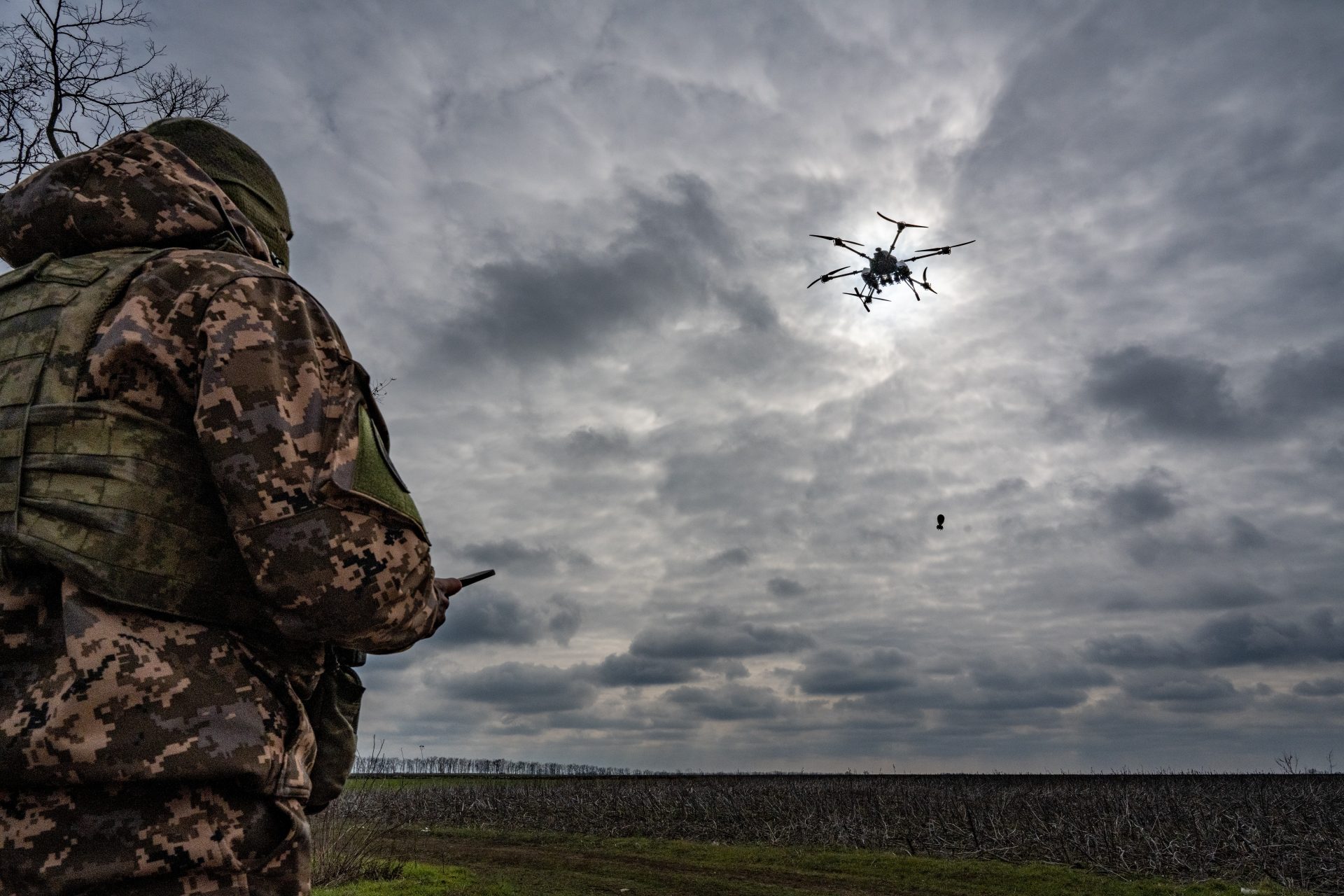Who shot JFK? Separating fact from fiction
On November 22, 1963, President John Fitzgerald Kennedy was passing by Dealey Plaza in downtown Dallas, Texas, without knowing that it would be his final ride. It was a death that changed America forever and still gives lots to talk (and speculate) about to this day.
The man who pulled the trigger? A disgruntled former Marine by the name of Lee Harvey Oswald, who worked at the Texas book depository in Dealey Plaza.
That’s what the President’s Commission on the Assassination of President Kennedy, better known as the Warren Commission, ruled after nearly a year of investigation and over 20,000 interviews in 1964.
Pictured: Chief Justice Earl Warren, head of the Warren Commission
Lee Harvey Oswald was a strange man. A former Marine and Communist sympathizer, he deserted to the Soviet Union in 1959 only to return in 1962, where he and his Russian wife settled in Dallas.
According to the Wilson Center, the Kennedy assassin had tried to approach the Kremlin to work in intelligence, but he was deemed mentally unstable by the Soviet government.
Oswald himself was shot by Dallas nightclub owner Jack Ruby, who claimed he did it out of grief at the assassination of JFK. Ruby himself passed away of cancer just a few years later.
However, since the mid-1960s, the Kennedy assassination continues to be a source of speculation, with the Warren Commission findings remaining controversial.
For instance, in 1966 New Orleans District Attorney Jim Garrison launched a highly publicized investigation claiming that there was a vast conspiracy behind the claim of a lone gunman.
The main source of discrepancy is whether Lee Harvey Oswald acted alone.
The basis of most JFK conspiracy theories is the so-called “magic bullet”. The Warren Commission concluded that it was a single bullet that ended Kennedy’s life and wounded Texas governor John Connally.
Some eyewitness accounts within the own Warren Commission remember hearing shots coming from a grassy knoll in front of the presidential limousine.
Some pictures seem to depict a man, described as wearing a police uniform with a shiny bright badge, who is believed to be this alleged second gunman.
Another source of speculation, pointed out by Jim Garrison, is a man opening an umbrella in the middle of the crowd. Conspiracy theorists believe this might have been a signal of some sort.
Garrison brought New Orleans businessman Clay Shaw to trial in 1969 for his supposed involvement with Cuban exiles in a plan to assassinate JFK.
The jury took less than an hour to declare Shaw not guilty. He remains the only person to face trial for the Kennedy assassination.
In the late 1970s, former CIA director Richard Helms testified that Shaw had been a part-time intelligence contact for the CIA abroad, as published in 2001 by the academic journal Studies in Intelligence.
Pictured: Richard Helms with Richard Nixon in 1969.
To complicate matters further, the Studies in Intelligence text by Max Holland argues that Garrison's suspicions were based on Soviet misinformation connecting Shaw with CIA front companies.
The CIA is one of the cornerstones of conspiracy theories involving JFK. Possible ranges go from Kennedy’s mishandling of the Bay of Pigs Invasion to appearing “too weak” on Communism.
What is true is that the US intelligence agency has been behind or connected to regime changes in Latin America, Asia, and the Middle East, such as Augusto Pinochet in Chile.
During the Carter Administration, a House Select Committee on Assassinations was created to further inquire about the death of John Fitzgerald Kennedy.
Although the House Committee supported the Warren Commission’s single-bullet theory, at the time it did not preclude the existence of a conspiracy.
However, this was based on a dictation machine recording made by a police officer’s radio microphone that, since then, has been discredited by several independent investigations.
Image: Markus Spiske / Unsplash
Still, the JFK assassination continues to generate fascination decades after the event.
Jim Garrison’s investigation is probably better remembered today for the Oliver Stone movie ‘JFK’, where the New Orleans DA is played by Kevin Costner. More recently, Stone has also made a documentary on the Kennedy assassination.
And every new release of information by the CIA, the FBI and other government agencies provided a renewed interest to conspiracy theorists.
The assassination of JFK is seen by many as marking the end of post-war innocence in 1950s America. Maybe that’s why we still talk about it.
More for you
Top Stories





























